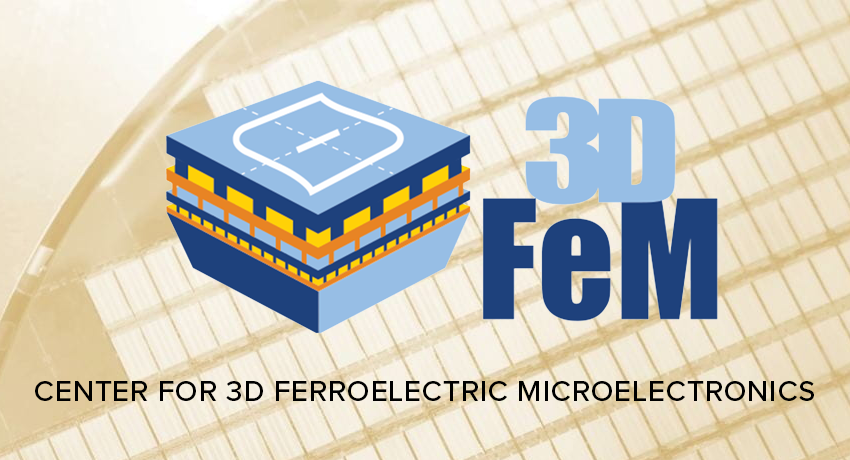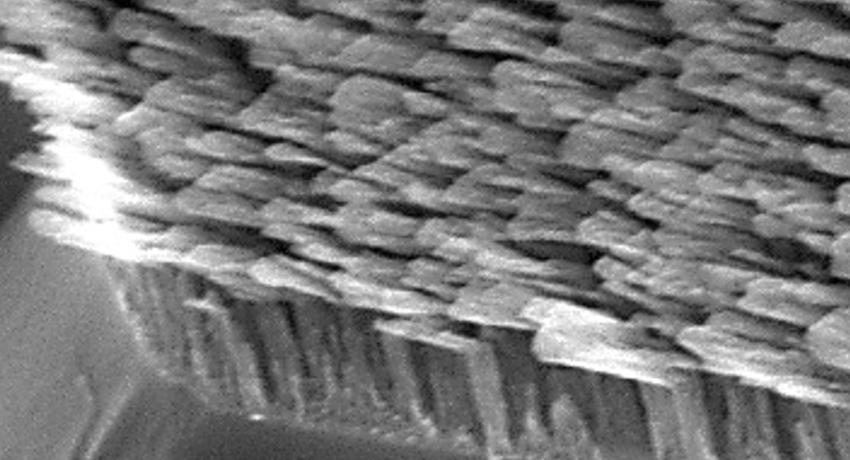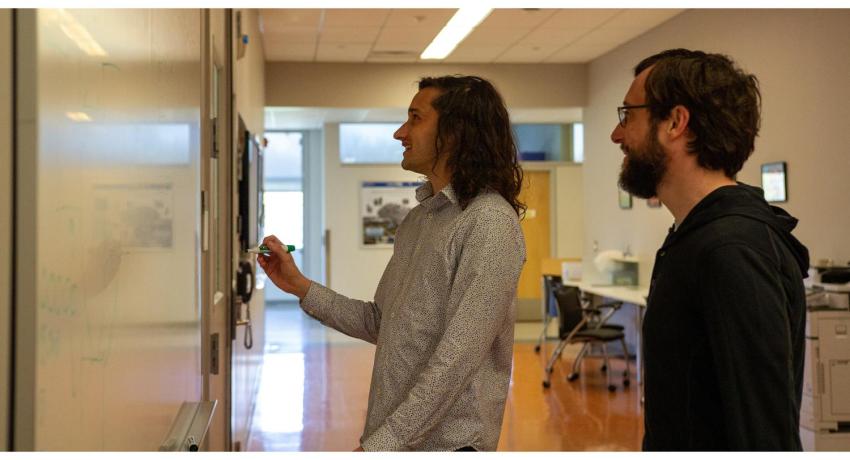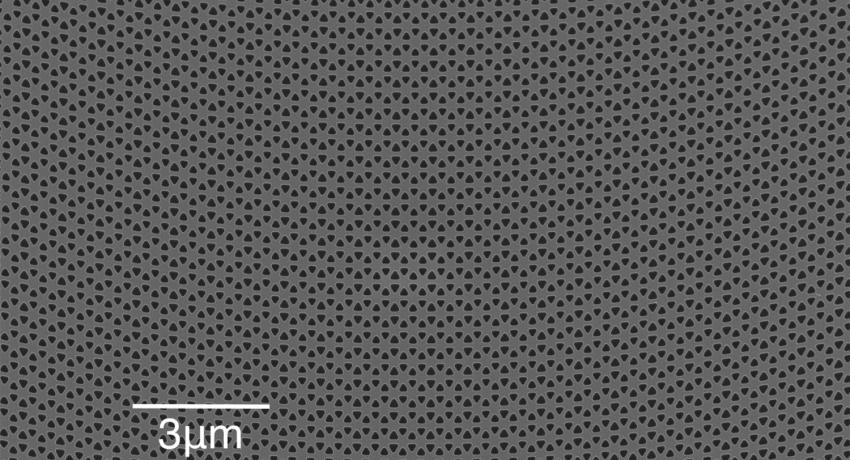DOE announces $14.5 million award to Energy Frontier Research Center 3DFeM
By Adrienne Berard
The U.S. Department of Energy (DOE) announced today (Sept. 4) that it will continue to support Penn State’s Center for Three-Dimensional Ferroelectric Microelectronics Manufacturing (3DFeM) as an Energy Frontier Research Center.










